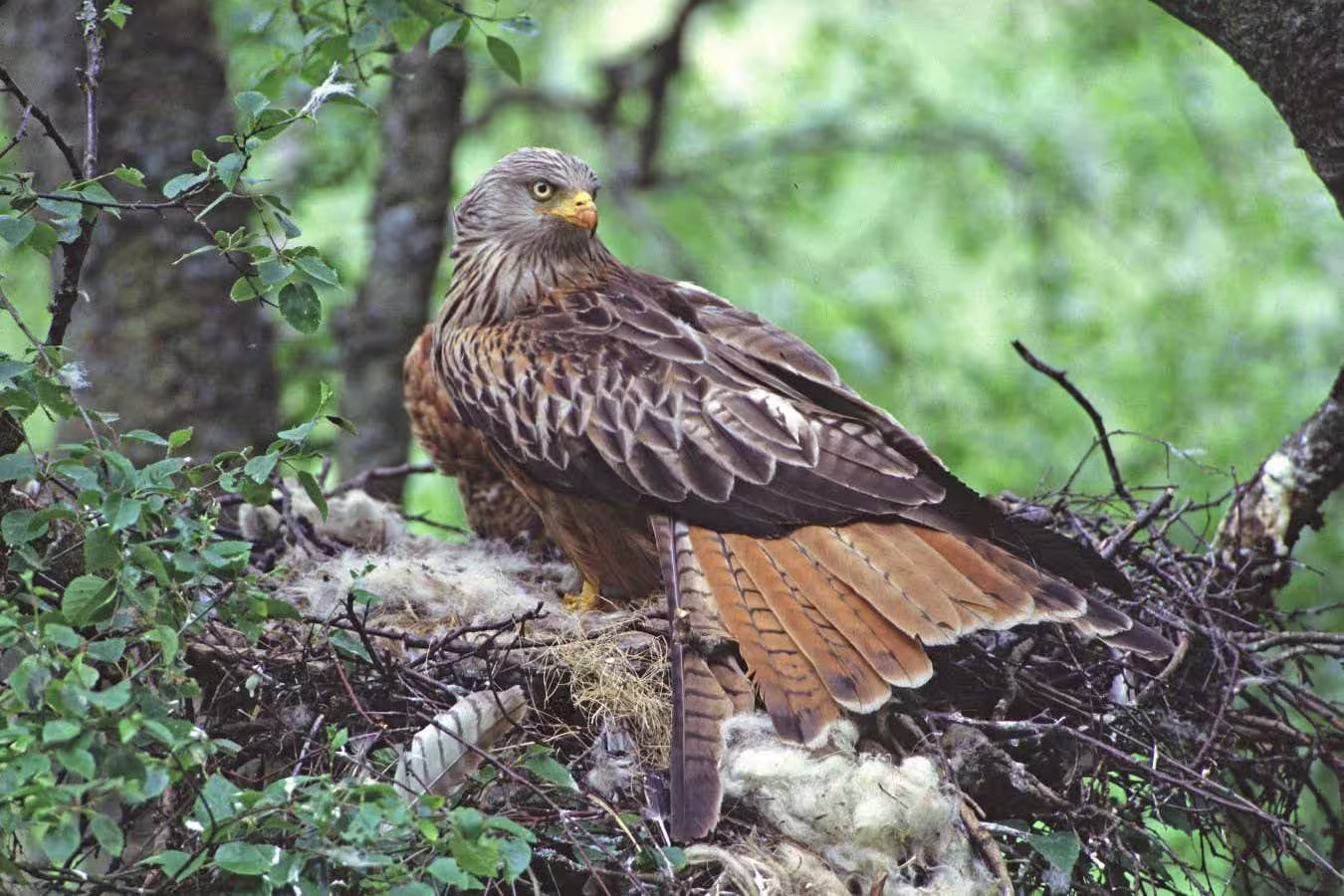3 Minutes
Introduction: The Mystery of Artificial Nest Decorations
Birds are renowned for their complex nesting behaviors, but over recent years, scientists have observed a curious trend: many birds incorporate man-made materials like plastic, wire, or even shiny metal objects into their nests. Unlike natural fibers and twigs, these items do not improve the nest’s insulation or structural strength—in fact, some may even make nests more visible to predators. So, what drives birds to adopt such seemingly risky behavior? Recent research sheds new light on this puzzling phenomenon, revealing a surprising evolutionary adaptation.
Scientific Background: Predator Deception and Nest Protection
For decades, ornithologists have studied how birds protect their eggs from predators. Notably, species such as magpies (Pica pica) and ravens (Corvus corax) are infamous for raiding nests. Yet, these crafty birds are also noted for their intelligence and wariness, particularly around unfamiliar or unusual objects. This behavioral insight led researchers Magne Husby (Nord University) and Tore Slagsvold (University of Oslo) to hypothesize that birds might intentionally use artificial, unfamiliar items to discourage predators.
Husby explains, “Decorating nests with odd objects might not attract predators, but rather cause hesitation—making them think twice before approaching.” This suggests nest adornment could be an ingenious anti-predator strategy, exploiting the innate caution of certain egg-stealing birds.
Experimental Research: Testing the Deception Hypothesis
To rigorously test their idea, scientists designed a series of field experiments using artificial nests. Three nest types were prepared: some contained only quail eggs (serving as a control group), others had eggs plus a bright metal spoon, and a third group featured eggs alongside conspicuous large feathers. These nests were placed in two distinct habitats: 78 in forested areas to observe Eurasian magpies, and 60 at landfill sites to study the behavior of common ravens.
The results were striking. On average, magpies waited 96 hours before approaching plain nests. This delay increased to 149 hours for nests decorated with a spoon and 152 hours for those with feathers. Ravens, too, exhibited hesitation: they approached undecorated nests after about 28 hours, but waited 34 hours for spoon-adorned nests and 43 hours for nests with feathers.

Interpreting the Findings
These significant time delays suggest that unfamiliar artificial objects and large feathers make predators suspicious or uncomfortable, potentially triggering their avoidance behavior. Intriguingly, one theory posits that visible large feathers could imply a previous violent event—such as another bird being killed—further deterring would-be intruders.
Broader Implications and Expert Insight
The extra hours granted by this hesitation can be a crucial advantage. The extended delay enhances the chance that parent birds remain near the nest, providing additional defense and improving egg survival rates. Nora Perlut of the University of New England comments, “This research deepens our understanding of how wildlife species adapt to environments increasingly dominated by human-made materials and structures. It enriches the scientific literature on behavioral adaptation and urban ecology.”
Beyond nest protection, these findings point to the remarkable behavioral plasticity of birds, illuminating how some species leverage novel materials and environmental changes—a topic increasingly relevant as urbanization expands worldwide.
Conclusion
Recent studies reveal that birds decorate their nests with artificial objects not out of random habit, but as a sophisticated defense mechanism against intelligent predators like magpies and ravens. By making their nests appear strange or potentially dangerous, birds can cleverly exploit predators’ natural caution, buying crucial time to protect their vulnerable eggs. This research highlights the impressive capacity of wildlife to adapt to human-altered environments, offering new insights into the dynamic interplay between natural instincts and a changing world.


Comments